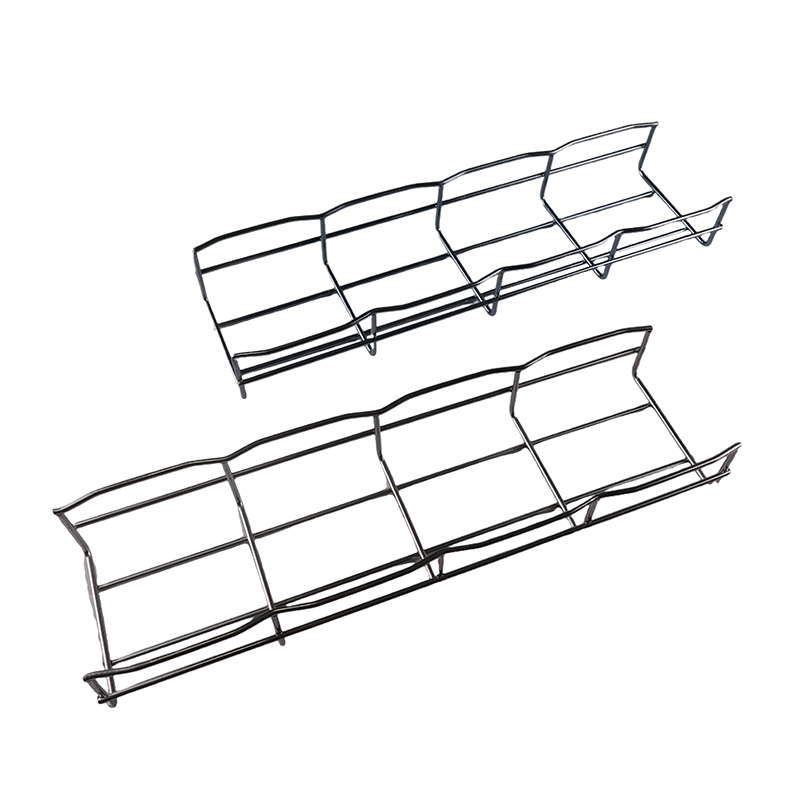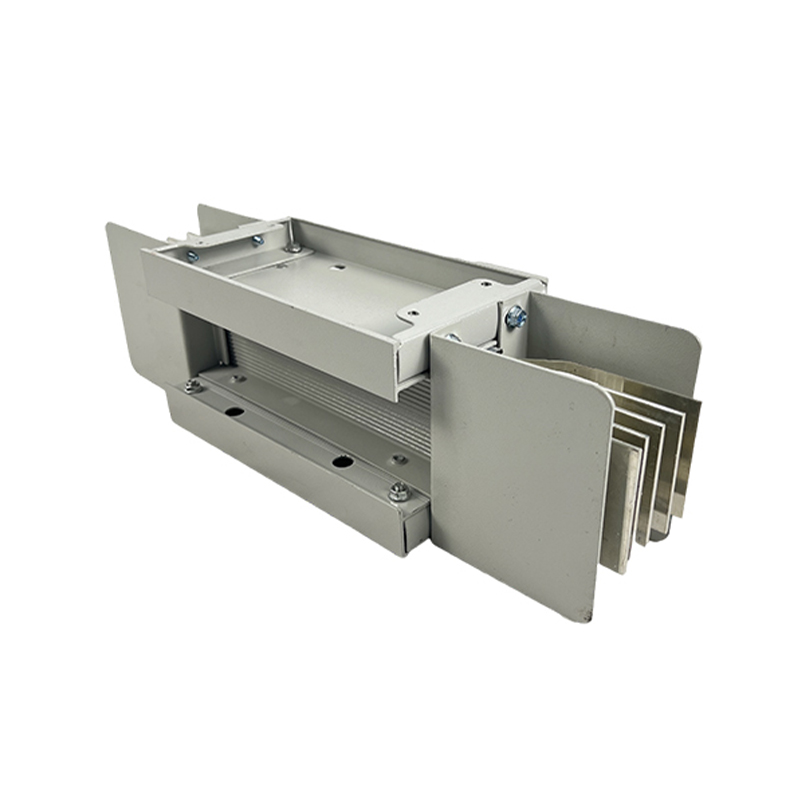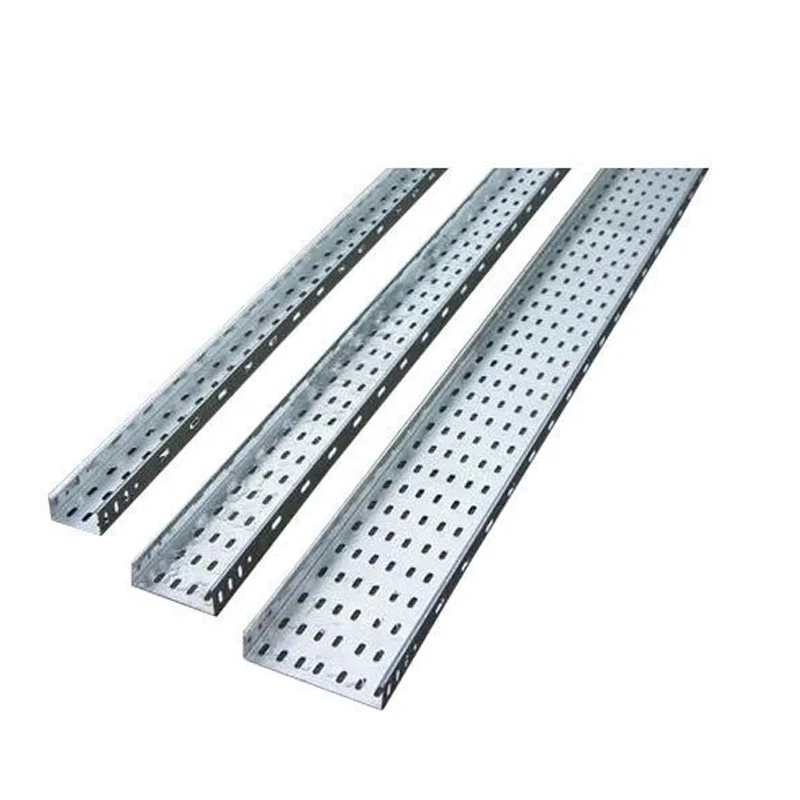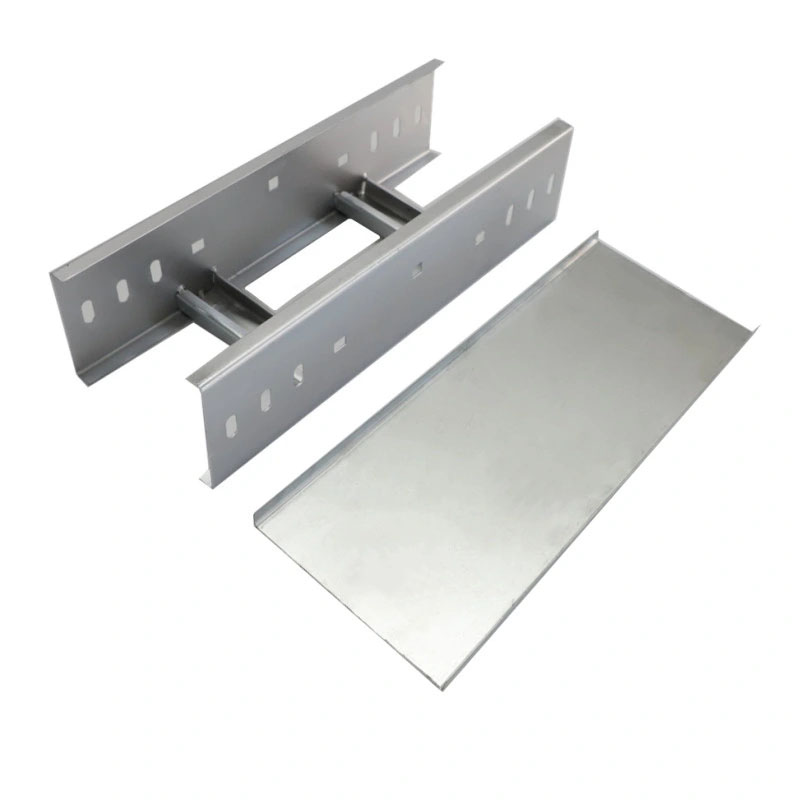How to ensure the structural stability of hot dip galvanized cable tray when it bears heavy-loaded cables?
Release Time : 2025-01-09
When hot dip galvanized cable tray bears heavy-loaded cables, the structural stability mainly depends on the comprehensive consideration of design, materials, manufacturing process, installation and maintenance.
1. Reasonable design
Strength calculation: According to the weight of the cable and the density of the wiring, the load-bearing capacity is designed and calculated to ensure that the structural strength of the tray can meet the use requirements.
Structural design: The rigidity of the tray is enhanced by using structural designs such as reinforcing ribs and support frames to avoid bending or deformation caused by heavy loads.
Modular design: The modular design is convenient for expansion and adjustment according to actual needs to ensure the stability of the overall structure.
2. High-quality materials
High-strength steel: Select high-strength steel to ensure the load-bearing capacity and tensile strength of the material itself.
Hot-dip galvanizing: Hot-dip galvanizing can provide good anti-corrosion performance, extend the service life of the tray, and enhance the hardness and wear resistance of the material surface, indirectly improving the structural stability.
3. Manufacturing process
Precision welding: Use advanced welding technology to ensure the strength and sealing of the welds and prevent structural weaknesses caused by poor welding.
Surface treatment: Perform sufficient surface treatment, such as polishing, sandblasting, etc., to ensure that the surface is flat and smooth to avoid stress concentration and wear.
4. Installation and fixing
Stable installation: Ensure that the tray is installed on a stable bracket or wall, and use appropriate fixing methods, such as screw fixing, welding, etc., to prevent the tray from shifting or loosening due to external forces.
Horizontal calibration: Perform horizontal calibration during the installation process to ensure the flatness of the tray and avoid uneven force caused by tilting.
5. Cable wiring and fixing
Reasonable wiring: Cable wiring should be carried out in accordance with design specifications to avoid excessive concentration of cables in a certain area, resulting in excessive local force.
Fixed accessories: Use cable clamps, straps and other accessories to firmly fix the cables on the tray to prevent the cables from sliding or shifting and increase the force on the tray.
6. Maintenance and inspection
Regular inspection: Check the structure and fixings of the tray regularly to ensure that there is no looseness, rust or damage.
Timely maintenance: When problems are found, timely maintenance and repairs are carried out, such as replacing damaged fixings, re-coating the anti-corrosion layer, etc., to ensure the long-term stability of the tray.
7. Environmental adaptability
Anti-corrosion treatment: In corrosive environments, choose materials with stronger anti-corrosion properties or perform additional anti-corrosion treatments, such as coating anti-corrosion paint, etc.
Anti-vibration design: In environments with vibration or impact, anti-vibration design is performed, such as adding support points, using shock-absorbing pads, etc., to improve the anti-vibration performance of the tray.
Through the above measures, the hot dip galvanized cable tray can maintain good structural stability when bearing heavy-load cables, ensure the safe and orderly wiring of cables, and at the same time extend the service life of the tray to ensure the reliability and safety of the overall system.
1. Reasonable design
Strength calculation: According to the weight of the cable and the density of the wiring, the load-bearing capacity is designed and calculated to ensure that the structural strength of the tray can meet the use requirements.
Structural design: The rigidity of the tray is enhanced by using structural designs such as reinforcing ribs and support frames to avoid bending or deformation caused by heavy loads.
Modular design: The modular design is convenient for expansion and adjustment according to actual needs to ensure the stability of the overall structure.
2. High-quality materials
High-strength steel: Select high-strength steel to ensure the load-bearing capacity and tensile strength of the material itself.
Hot-dip galvanizing: Hot-dip galvanizing can provide good anti-corrosion performance, extend the service life of the tray, and enhance the hardness and wear resistance of the material surface, indirectly improving the structural stability.
3. Manufacturing process
Precision welding: Use advanced welding technology to ensure the strength and sealing of the welds and prevent structural weaknesses caused by poor welding.
Surface treatment: Perform sufficient surface treatment, such as polishing, sandblasting, etc., to ensure that the surface is flat and smooth to avoid stress concentration and wear.
4. Installation and fixing
Stable installation: Ensure that the tray is installed on a stable bracket or wall, and use appropriate fixing methods, such as screw fixing, welding, etc., to prevent the tray from shifting or loosening due to external forces.
Horizontal calibration: Perform horizontal calibration during the installation process to ensure the flatness of the tray and avoid uneven force caused by tilting.
5. Cable wiring and fixing
Reasonable wiring: Cable wiring should be carried out in accordance with design specifications to avoid excessive concentration of cables in a certain area, resulting in excessive local force.
Fixed accessories: Use cable clamps, straps and other accessories to firmly fix the cables on the tray to prevent the cables from sliding or shifting and increase the force on the tray.
6. Maintenance and inspection
Regular inspection: Check the structure and fixings of the tray regularly to ensure that there is no looseness, rust or damage.
Timely maintenance: When problems are found, timely maintenance and repairs are carried out, such as replacing damaged fixings, re-coating the anti-corrosion layer, etc., to ensure the long-term stability of the tray.
7. Environmental adaptability
Anti-corrosion treatment: In corrosive environments, choose materials with stronger anti-corrosion properties or perform additional anti-corrosion treatments, such as coating anti-corrosion paint, etc.
Anti-vibration design: In environments with vibration or impact, anti-vibration design is performed, such as adding support points, using shock-absorbing pads, etc., to improve the anti-vibration performance of the tray.
Through the above measures, the hot dip galvanized cable tray can maintain good structural stability when bearing heavy-load cables, ensure the safe and orderly wiring of cables, and at the same time extend the service life of the tray to ensure the reliability and safety of the overall system.







